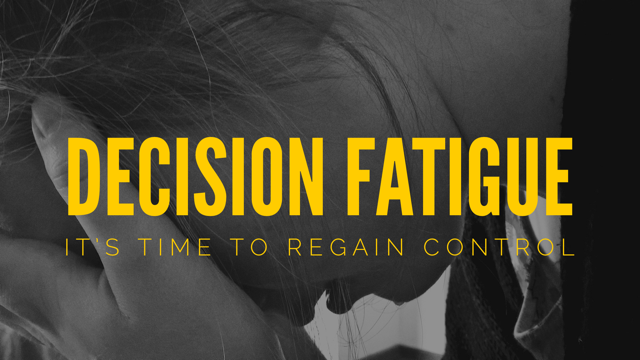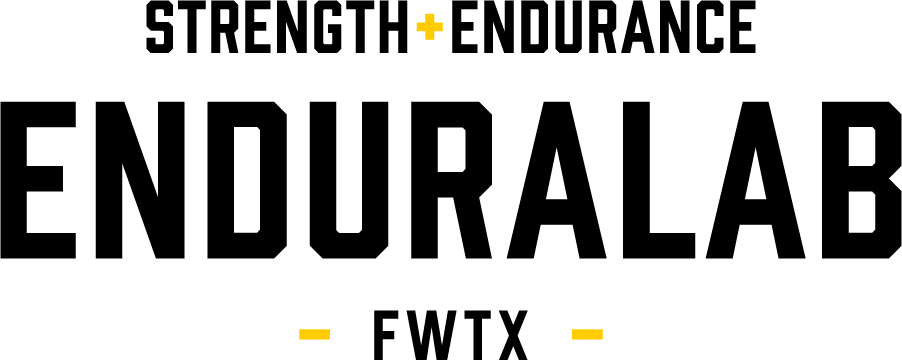
We live in a world full of choices. From the second you wake up until the minute you fall into bed at night, there are thousands of decisions to be made. What to eat, what to wear, and what to do. In fact, it has been recorded that adults make approximately 35,000 decisions on average every single day.
And with each decision, even the ones that seem so easy, it takes a toll on your productivity. Over time it wears down our willpower leaving us unmotivated and frankly, burnt out.
The ability to make good decisions comes from a limited amount of mental resources (this is referred to as ego depletion). Once that energy starts to deteriorate, self-control starts to decline and the result is decision fatigue.
This concept of decision fatigue can be used to explain why people get frustrated, overspend, eat unconsciously and ultimately become paralyzed with indecision. The more choices you make throughout the day, the harder each one becomes, and eventually you start looking for shortcuts such as acting impulsively. You may even simply give up and do nothing when faced with a decision.
“Willpower is like a muscle. And similar to the muscles in your body, willpower can get fatigued when you use it over and over again. Every time you make a decision, it’s like doing another rep in the gym. And similar to how your muscles get tired at the end of a workout, the strength of your willpower fades as you make more decisions.” — James Clear
So how do you combat decision fatigue? By picking your battles! Decide what’s important to you and focus on those decisions, simplify and automate the rest. To get you started, we’ve outlined four proven strategies.
“Life is a matter of choices, and every choice you make makes you.” — John C. Maxwell
Make your most important decisions in the morning. Your mind is the sharpest first thing in the morning. Take advantage of this time by reviewing your three most important tasks for the day. Then, while it’s still quiet why not “eat the frog” by completing one of your biggest tasks. Read Win Your Day With a Morning Routine.
Create a better tomorrow by planning the night before. Plan ahead. Write down your most important tasks for the next day, set out your clothes, tidy up the house, make your breakfast and lunch and set your alarm. Read Recharge Your Tomorrow: The Ultimate Evening Routine.
Limit and simplify choices you make throughout the day. If you are faced with too many decisions, simply narrow it down. Did you know that we make nearly 250 decisions on what to eat each day! A simple meal plan can conserve an incredible amount of mental energy. There is also a significant benefit to limiting your wardrobe. Former president Obama wore only blue or gray suits during his two-terms in office. Steve Jobs was known for his turtleneck and denim wardrobe choices.
Don’t make decisions in places that are full of distractions. Newsflash, splitting your attention across a dozen tasks does not make you more productive. A recent study found that the average internet user switches between tasks more than 300 times per day! Set aside specific parts of the day to tend to any distractions such as social media and email. Another example is shopping. Don’t enter a store unless you know exactly what you plan to purchase. Make a well organized list and stick to it. The more you deviate, the more unnecessary items you’ll add to your cart, pocketbook and waistline.
“Success is the sum of small habits repeated every single day.”
To recap, productivity comes from the ability to conserve mental energy. People who build a better day avoid temptations by keeping it simple, preparing ahead of time, and establishing habits that eliminate the mental effort of making endless decisions. Instead of counting on willpower to remain strong all day, they conserve it so it’s available for emergencies and important decisions.
So how do you combat decision fatigue? By picking your battles! Decide what’s important to you and focus on those decisions, simplify and automate the rest. To get you started, we’ve outlined four proven strategies.



